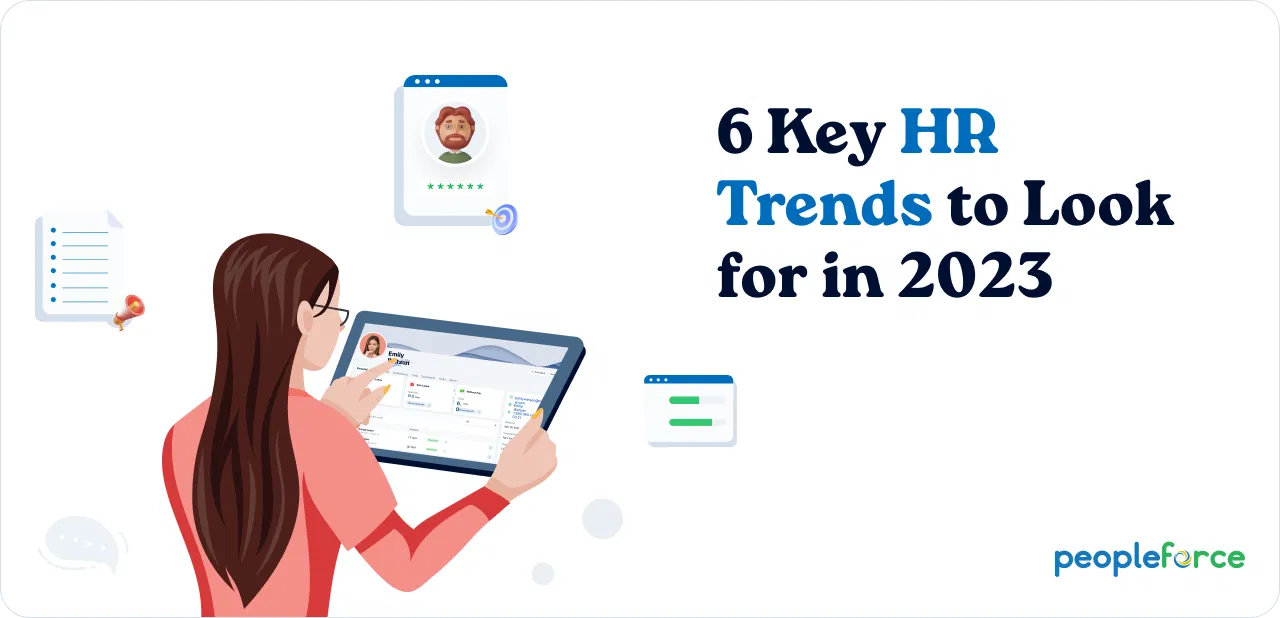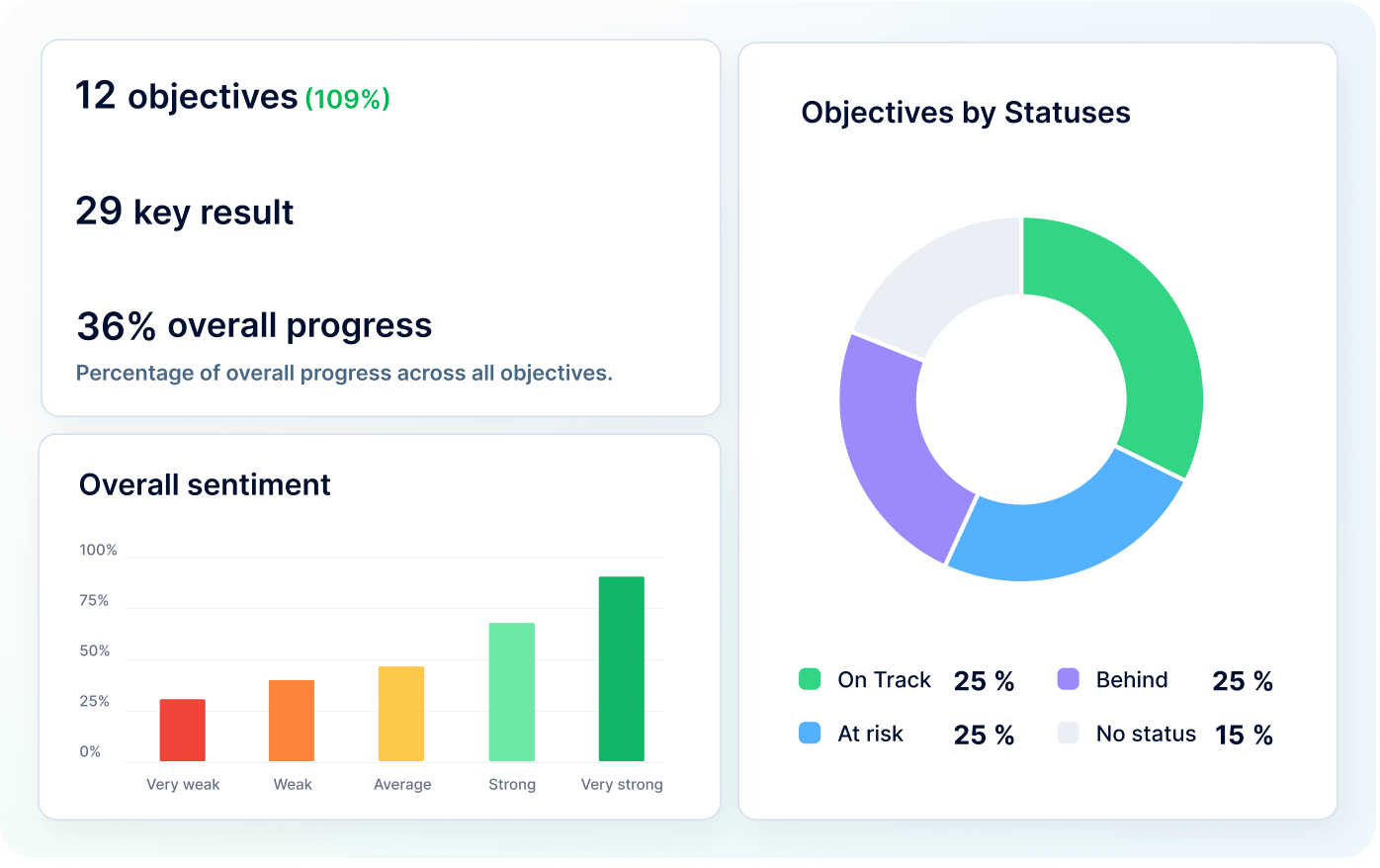
Six key HR tendencies to look for in 2023
This year has posed considerable challenges for many companies working in HR but the industry has continued to act with resilience and adaptability. Despite geopolitical storms and looming recession in some countries, there are a number of reasons to look forwards to 2023 with interest.
The rapid development of technology in multiple economic sectors means that we are likely to come across a number of fascinating developments going into 2023 and beyond, but that’s only the tip of the iceberg. From addressing gaps in middle management to the ongoing debate around working from home (remember when everyone thought that would be a passing fad?), there’s a lot to consider when planning for next year’s HR.
There are six key trends to look out for over the next 12 months and we’ll start with the topic that is currently generating discussion beyond our industry in wider society.
Remote Working
Ever since Elon Musk bought Twitter for $44 billion the media has been abuzz with the latest updates about changing working practices at the social media giant. One of the most noteworthy events was Musk’s decision to end remote working for his new employees despite the fact that under the previous owners they had been promised ‘working from home forever.’ To say this was an unpopular move would be something of an understatement and staff members are leaving en masse rather than remain under Musk’s leadership.
Whether or not Musk is successful at Twitter isn’t as important as his views on remote working. The concept became entrenched during the COVID-19 pandemic and it has proven popular with companies and employees alike, particularly in the IT industry where maintaining an in-office presence is less essential. Workers consistently report higher engagement rates when they work from home, they report experiencing reduced feelings of stress and burnout, and companies that encourage remote working consistently report up to 56% fewer absences.
Up to 55% of employees report that if they were working remotely and were told to come back to the office they would consider quitting. That’s what’s happening at Twitter and it reflects the push and pull between employees and employers over home working. The pendulum swung one way during the pandemic and now it’s swinging back.
As the decision on enforcing office work is taken at the executive level HR departments should brace themselves for changes in their remote working policies. They should consider how to implement hybrid regimes with greater oversight over staff members working from home as a potential compromise measure. Also, given that employee resistance to ending remote work may be high it’s possible that layoffs could occur, so consider planning with a recruitment management system.
Engagement & Well-being
Another issue given more limelight by the COVID-19 pandemic was the increased focus on employee engagement and well-being. It is often taken in tandem with remote working however it should be considered separately.
The importance of avoiding stress and burnout is more important now as employees have become increasingly aware of health considerations in the workplace. Workers know with greater clarity that these issues are not temporary problems but conditions associated with strokes, heart attacks, and diminished quality of life.
According to the American polling agency Gallup, around 57% of U.S. and Canadian workers reported feeling stress on a daily basis with 43% of international workers feeling the same way, an 8% rise on the previous year. The American Psychological Association reports that 60% of American workers consistently report work-related stress, which has continued to rise since the end of the pandemic. With concern about the rising cost of living and inflation continuing to rise along with fears of a possible global recession, workers are more concerned about their emotional well-being than ever.
So going into 2023 it’s on HR departments to consider ways they can create workplace cultures that are conducive to higher rates of employee well-being. Otherwise, just like remote working, staff members might be tempted to look elsewhere. The good news for HR professionals here is that they can exercise a considerable degree of control over this process.
Initiatives promoting well-being habits like mindfulness within the office and offering perks like free gym memberships will help your team feel healthier and more productive. As for boosting the mental well-being of staff members, you have a number of methods at your disposal.
Psychological support, increased training and education opportunities, and taking employee feedback seriously are all reliable methods you can use to improve their feelings of engagement. You can monitor these initiatives by using a tool that auto-generates surveys that employees can use to make suggestions and become more engaged in the workplace.
Increased Focus on Diversity
For companies working in North America, much of Europe and the Commonwealth countries there is likely to be an increased drive toward diversity measures going into 2023. More companies are reflecting the perceived political views of their client base in the belief it will increase their audience share. This follows the example of major multinational brands like Nike, Adidas, Gillette, etc, who have all adopted positions that support political diversity.
HR departments will need to prepare, starting with the increased numbers of mid to senior management positions that focus on improvising corporate diversity, like the chief diversity officer (CDO). According to the management consulting firm McKinsey, the number of CDOs at U.S. companies has risen by 80% over the last six years, and for the next five years, the number of diversity-focused roles under this position will grow. This is to help ensure companies are able to adhere to diversity legislation requirements.
Secondly, diversity and inclusion training programs will likely become more sought after by the executive level of companies, which means that HR will be responsible for planning. This will be focused on front-line managers but most if not all employees will likely be expected to participate. Initiatives likely to emerge from these sessions include personnel sourcing changes like blind hiring, affirmative action, and staff quotas, so prepare to adjust your recruitment system.
Better than ever digitization
Companies in many industries remain aware of the importance of digitization yet they’re not implementing it fully. This is a mistake as the process is essential, especially for companies working in HR. Companies should continue to look to invest in digital technologies in a number of areas but they have to ensure they’re adopting quality solutions that are accessible to staff members.
It might come as a surprise, but the age cohort most likely to be satisfied with their company’s tech solutions is the Baby Boomers. Over half of this cohort are happy with their digitization tools, whereas only 37% of Millenials feel the same way, and 63% of zoomers are unhappy with the same solutions. As a result, companies are choosing tools that are simple but not particularly effective or reliable.
This directly affects HR departments in two ways; Firstly it causes employee dissatisfaction among younger cohorts with a corresponding increase in stress. Secondly, productivity is affected by time spent trying to fix unreliable tools, and on training programs for the same.
As more boomers leave the labor market and younger employees take their place digitization requires more focus on better tools. HR departments can lead by example by adopting IT and digitization solutions that are both high-quality and practical. Good options include unified HR and employee management systems that bring all key functions under one umbrella. That should provide a solid bedrock for improving a company’s digitization efforts.
Management Gaps
The Great Resignation is an ongoing phenomenon caused by the COVID-19 pandemic where a large number of employees began to evaluate their work-life balance. As a result, many would go on to quit jobs they felt were unfulfilling and stressful, and as more quit, the trickle of leavers became a flood. According to the U.S. Bureau of Labor Statistics between April 2021 through April 2022, 71.6 million people left their jobs, which averaged 3.98 million people quitting each month.
This employee gap is particularly acute at the middle management level. They tend to be in their 30s or 40s with children and wanted to spend more time with their families, especially if they weren't able to access remote working opportunities. As a result, there is a considerable skills gap in this section, and companies are now being forced to hire or promote people to middle management with lower skill and experience requirements than they would have previously accepted.
This means companies will have to invest more in onboarding, on-site training, and education programs to address the skills and experience gap. In order to support employees entering into middle management roles they’re not used to, HR departments should ensure that clear feedback and communication channels are set up. This combination of upskilling and pastoral support should help more companies address this issue.
Increase AI Uptake
The other side of the Great Resignation is that it has spurred corporations to consider how they can replace employees with artificial intelligence (AI) to minimize the disruption caused by quitting. This began as a series of stop-gap measures designed to ensure key functions could continue when an employee quit. Employers then realized that the AI tool or service they started using could automate much of the former staff members' workload and also eliminated the risk of sudden personnel loss.
AI is used in business to make decisions based on data analysis and is often used by HR departments to monitor issues like employee turnover, process automation, dashboards, etc. It allows companies to streamline their workforce and subsequently allow staff members to focus on more macro or strategic issues. The technology is growing in applicability and quality and will be a more noticeable feature of leading HR teams going into 2023.
While we can be reasonably certain that staff members will not be replaced by Terminator-Esque robots anytime soon, in fact, people working in HR will find that their jobs become simpler to perform thanks to AI tools that will automate more of their routine tasks. Indeed, AI usage is associated with higher employee engagement and decreased stress levels, thus improving quality. Except to see a lot of companies investing in this technology.
The Takeaway
While we should emphasize the importance of ensuring your HR team monitors the latest trends and developments in the industry this should not be viewed as a daunting task. It’s important to act fast of course but it’s always better to act with intelligence. With recession looming it’s more important than ever to consider the broader picture of your company’s performance before you make changes to the HR department.
In this economic environment, some of the trends we covered will pose a challenge to many teams, and if you believe your company will be particularly affected you should seek help. PeopleForce offers a number of products that will enable HR departments to successfully navigate changes to remote working, boosting employee engagement, AI, and more. Send us an email to request a free demo of our HRM system, and one of our experts will get back to you.
Get started with PeopleForce today
Automate your HR routine to create a high performance culture in your company. PeopleForce is your best HRM alternative to stay business driven but people focused.

Recent articles
OKRs vs. KPIs: Choosing the right framework
Unsure when to use OKRs or KPIs? Learn how to choose the right framework to maximize your team’s success.
Why OKRs feel like hell (and how to make them simple)
Why OKRs feel like chaos: missed goals, messy reviews, and burnout. Learn how to simplify goal-setting and reclaim clarity quickly.
7 personal development habits worth adopting for career and personal growth
Unlock your potential with 7 simple personal development habits to boost career growth, productivity, and overall life balance.

